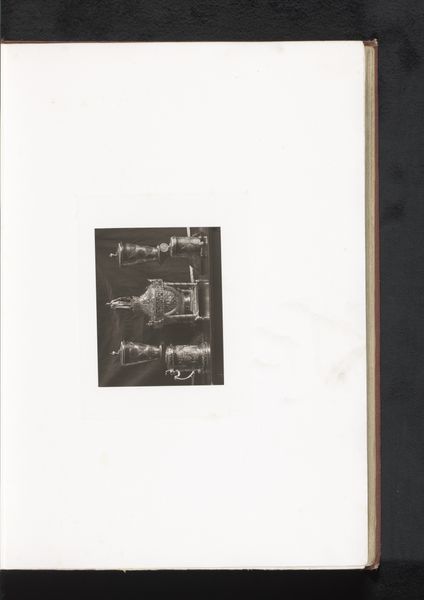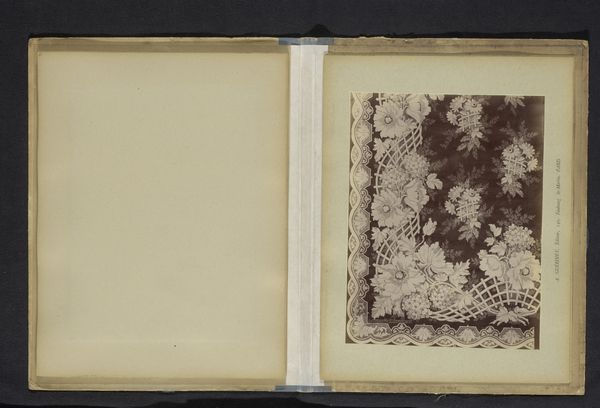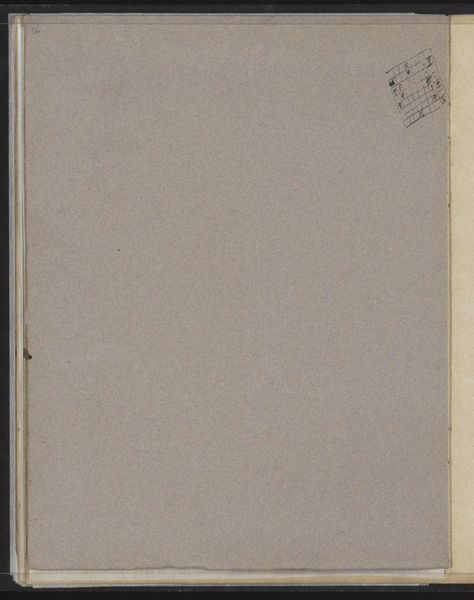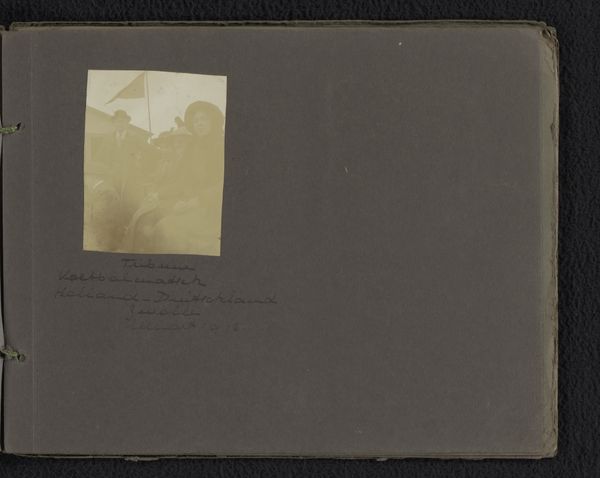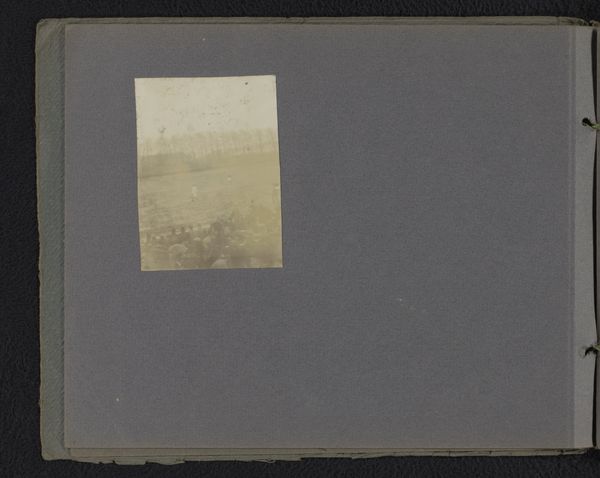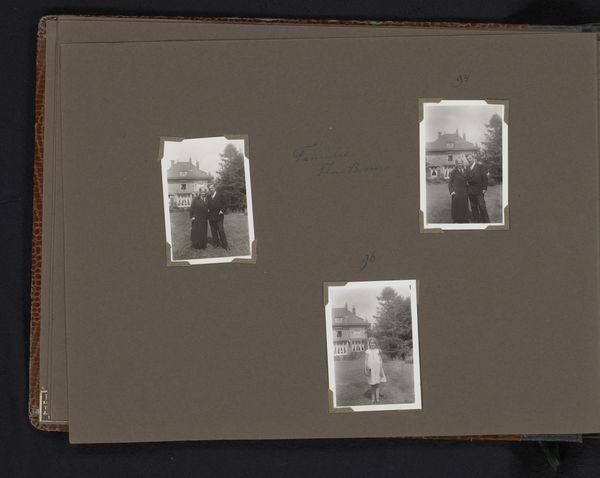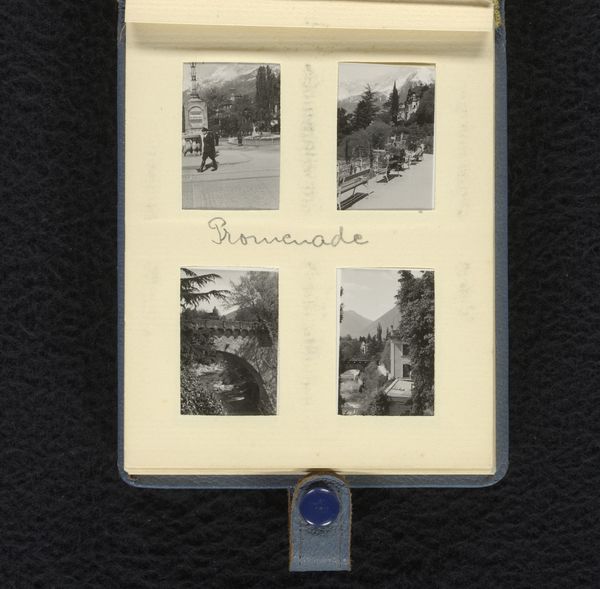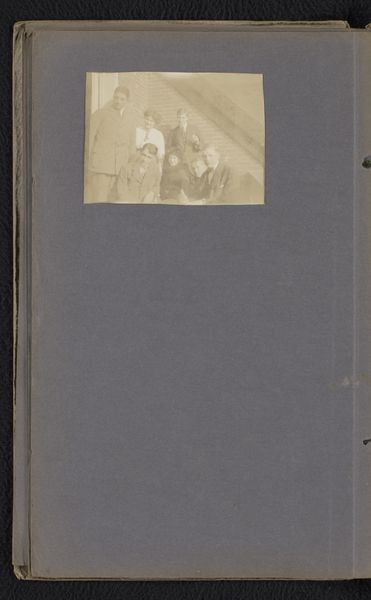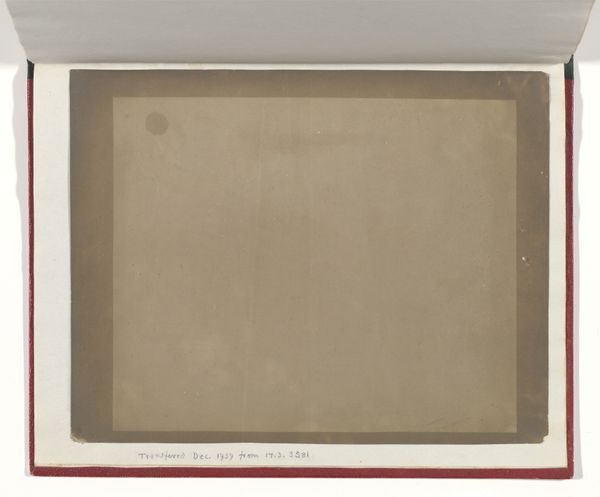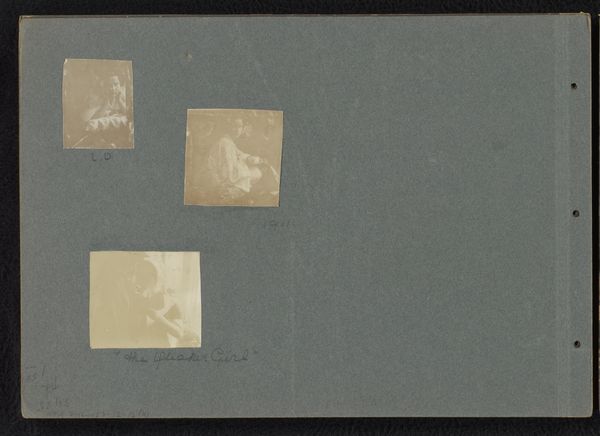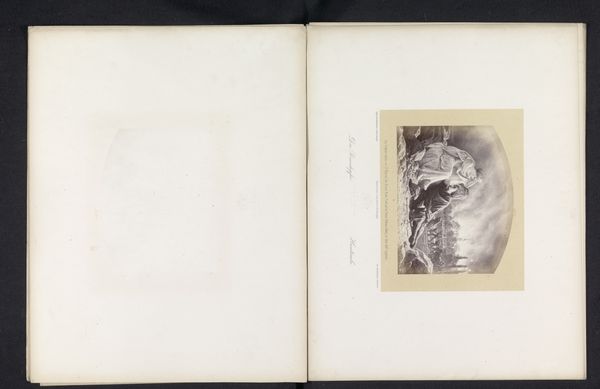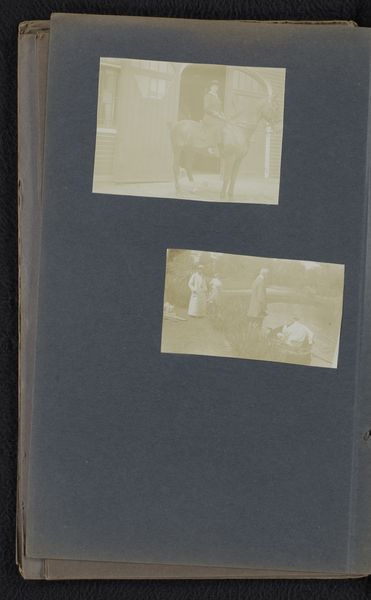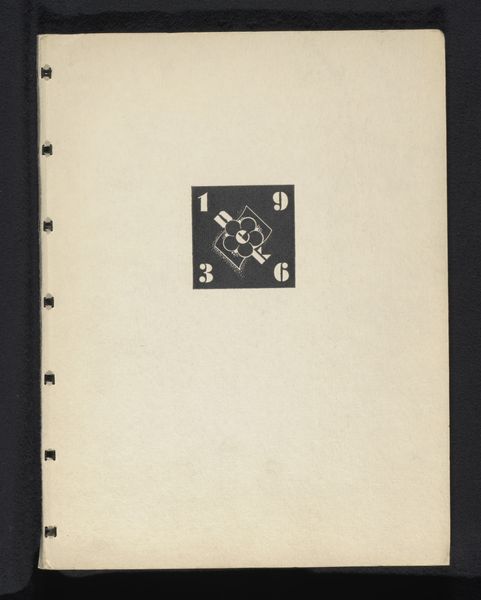
Blik op een huis in de besneeuwde straat de Hauptmannsreute, januari 1936, Stuttgart 1936
0:00
0:00
Dimensions: height 33 mm, width 44 mm, height 85 mm, width 105 mm
Copyright: Rijks Museum: Open Domain
Curator: The work we're looking at is a photograph from a family album of the Wachenheimer family. It's inscribed “Blik op een huis in de besneeuwde straat de Hauptmannsreute, januari 1936, Stuttgart," which translates to “View of a house in the snowy Hauptmannsreute street, January 1936, Stuttgart.” It captures a winter scene. Editor: It’s… small. And poignant. There’s a feeling of stark isolation here, even framed within the cozy context of a family album. The high-contrast black and white really emphasizes the bleakness. Curator: It's crucial to view this image within its socio-political setting. 1936 in Stuttgart... The Nazi regime was tightening its grip. Looking at the Wachenheimer family offers a direct window into the lives affected, highlighting the insidious erosion of personal freedom and security. This photograph becomes a subtle act of resistance, capturing a lived moment. Editor: Absolutely, that historical reading changes everything. What I initially read as aesthetic starkness morphs into something more akin to documentation. What do we know about how photography functioned at this time as a tool for record-keeping in response to cultural oppression? Curator: Photography served a complex role. Officially sanctioned photography became propaganda. Yet, families like the Wachenheimers used personal snapshots to preserve their memories and sense of self amid escalating state-sponsored violence and terror. These quiet, intimate moments push against the official narratives. Editor: So this album page, in its own small way, could be seen as a form of counter-archiving, subtly contesting the dominant ideology of the Third Reich? Curator: Precisely. The photograph's seemingly simple winter scene gains deeper resonance when seen as a family holding onto normalcy amidst societal breakdown. Editor: Knowing the family was Jewish, I think we need to acknowledge what is unseen and unspoken within this photograph: a family documenting their home just years before they were forcibly displaced by Nazi forces. I’m glad you included the historic context. Curator: This reading has profoundly impacted my experience. Thanks for encouraging this important viewpoint that is tied so closely to historic violence.
Comments
No comments
Be the first to comment and join the conversation on the ultimate creative platform.
